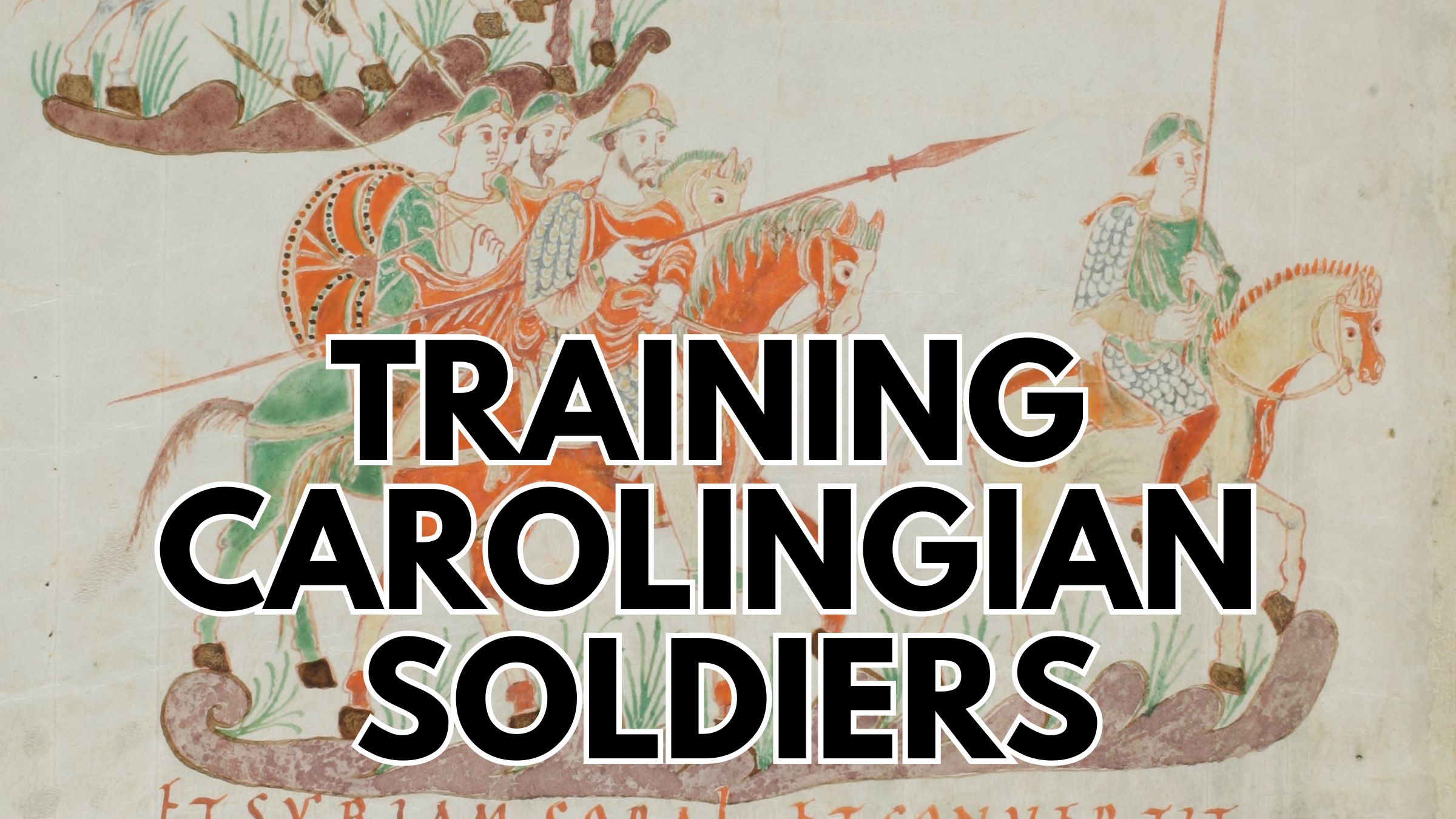
"Nithard, who was present on this campaign with his cousin Charles, explained that equal numbers of Saxons, Gascons, East Franks, and Bretons were selected and assigned to opposite ends of a large practice field. At a pre-arranged signal, both sides charged at each other at speed. First one side and then the other wheeled about and pretended to flee. Nithard stressed that the men rode so that their backs were protected by their shields. Even in retreat, they were protected from the enemy."
"Much more common than explicit discussions of training in narrative accounts are references to the actions taken by fighting men in sieges or on the battlefield that are indicative of their having practiced military skills. These included advancing in formation, thrusting with sword or spear, holding their position in the face of an enemy attack, and climbing tall ladders to seize the parapet of a fortress. However, it is not necessary in ever"
Direct commentary on training is scarce in early medieval narrative material, but specific practices are recorded. Cavalry units practiced coordinated charges, wheeling maneuvers, and staged feigned retreats while keeping riders protected by shields even during withdrawal. Mixed-group exercises used Saxons, Gascons, East Franks, and Bretons placed at opposite ends of a practice field to rehearse attack and retreat sequences. Comparable preparation appears in battlefield and siege behavior such as advancing in formation, thrusting with sword or spear, holding positions under pressure, and climbing ladders to seize parapets, indicating regular practical training.
Read at Medievalists.net
Unable to calculate read time
Collection
[
|
...
]